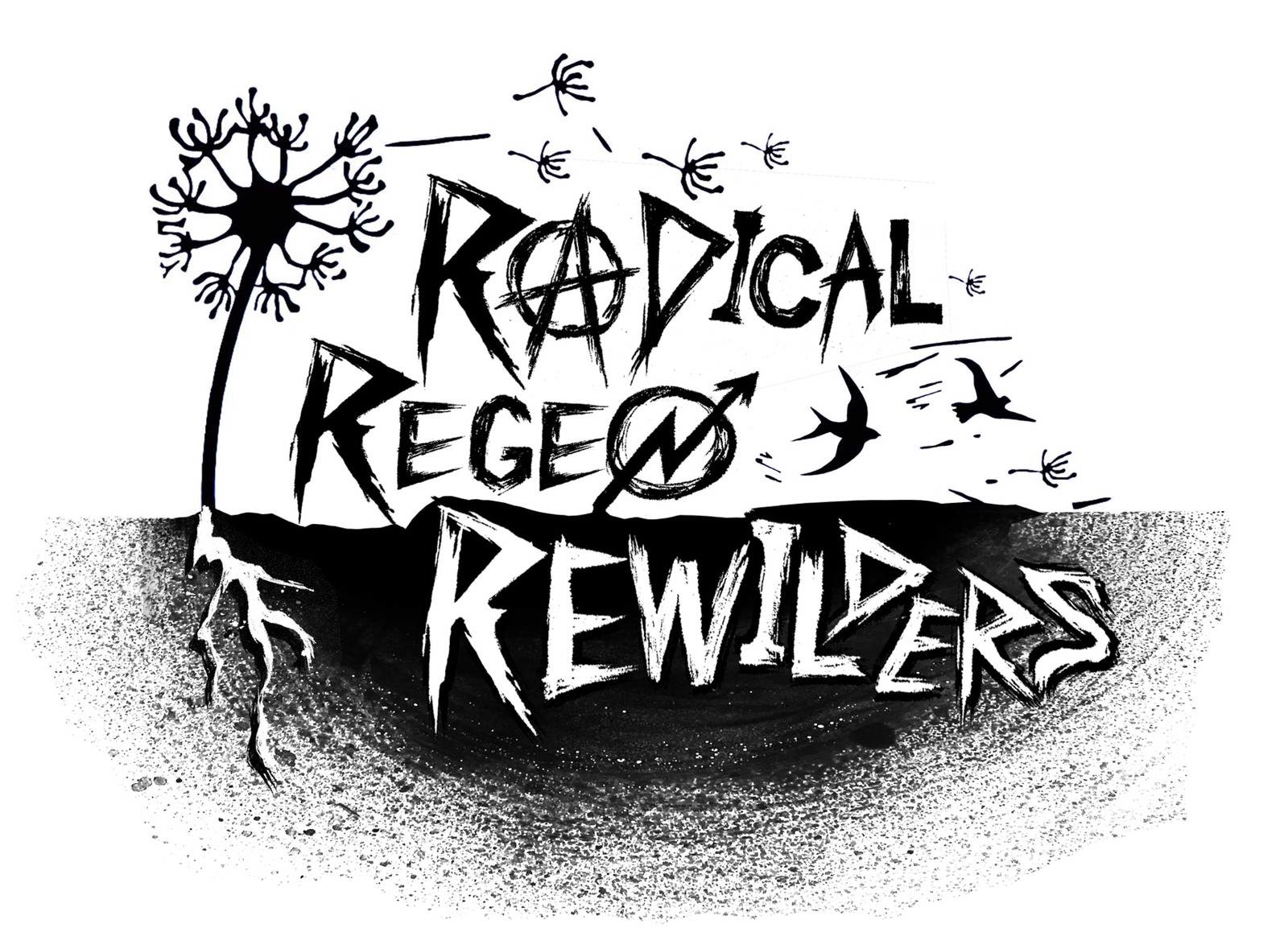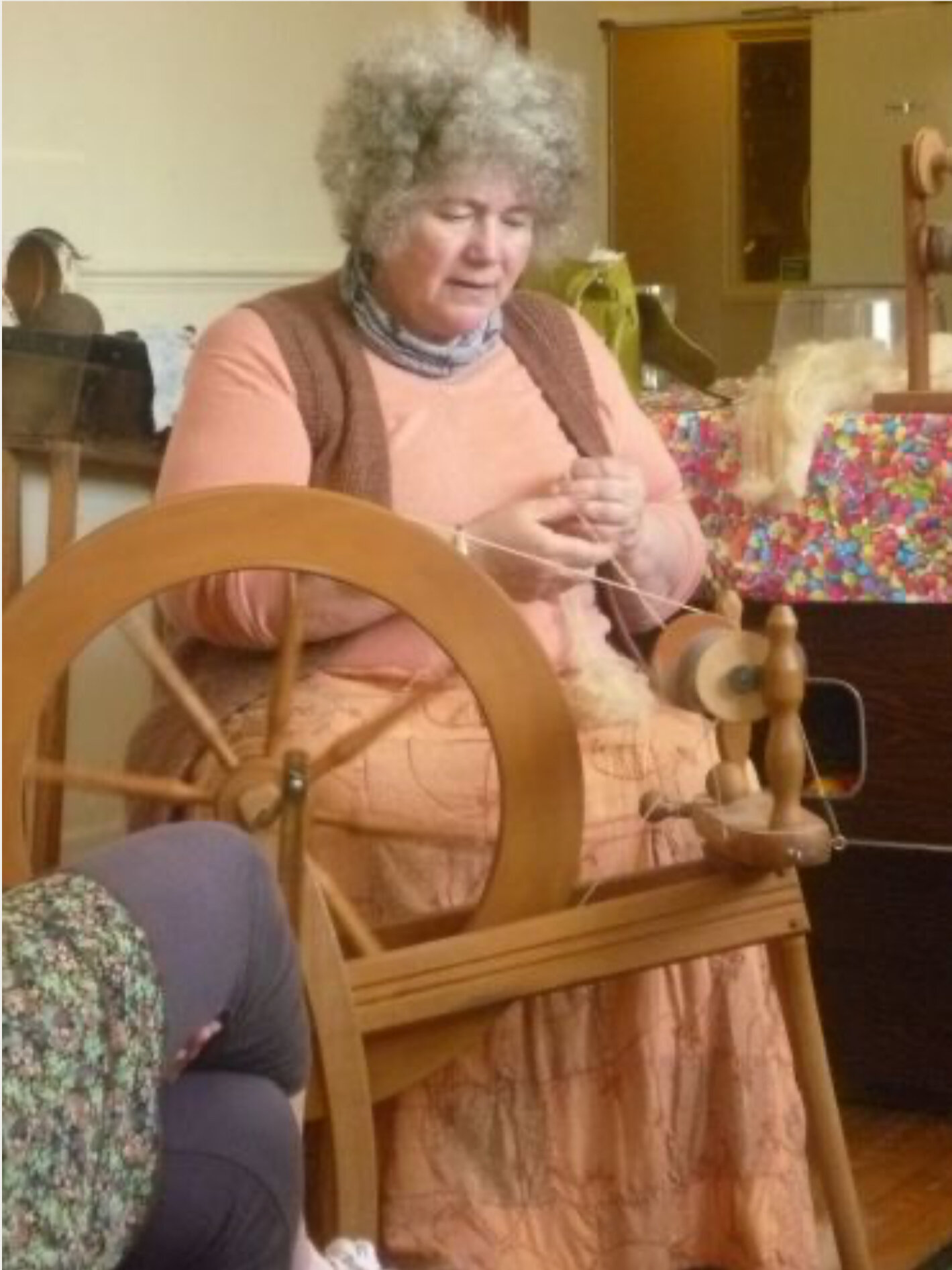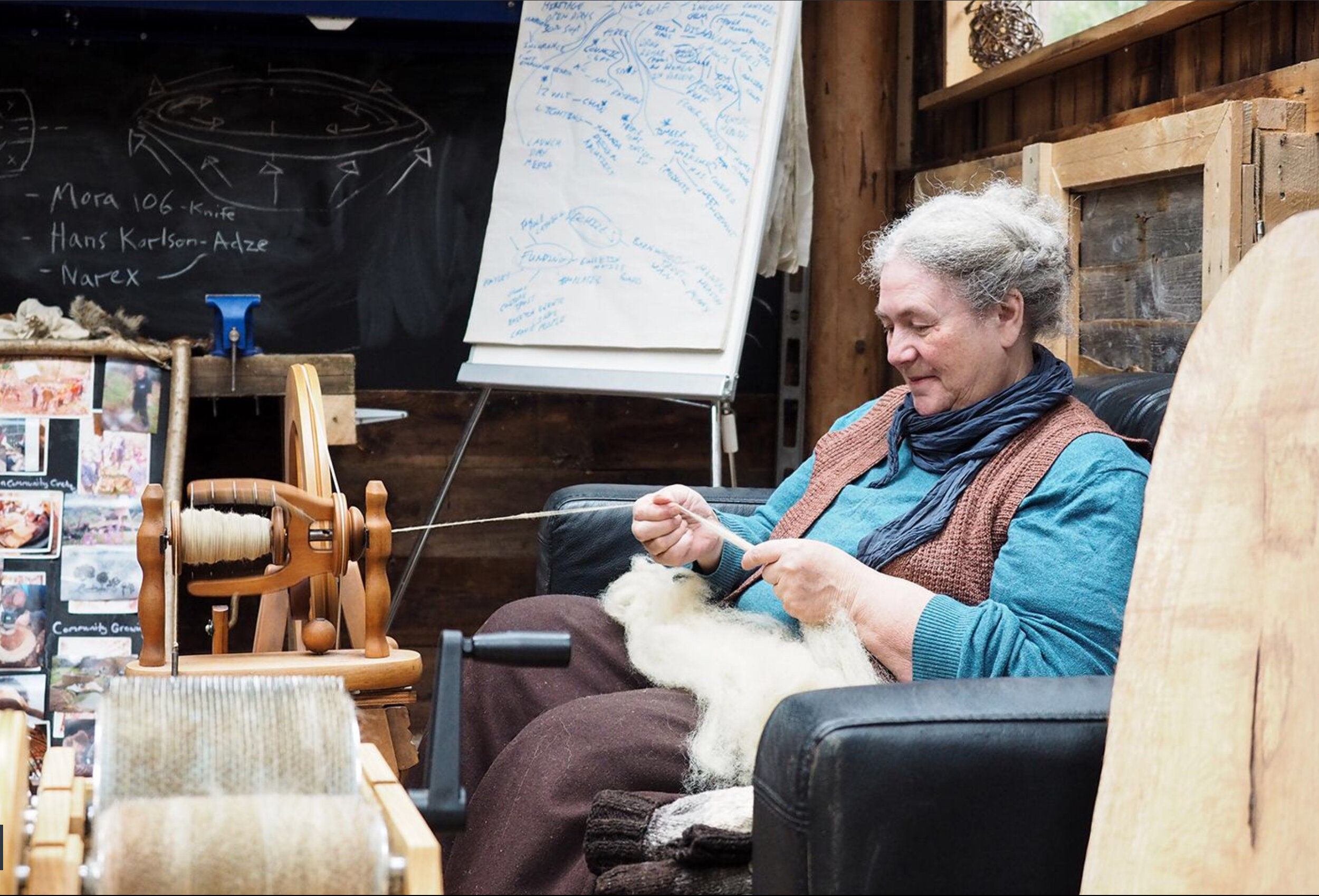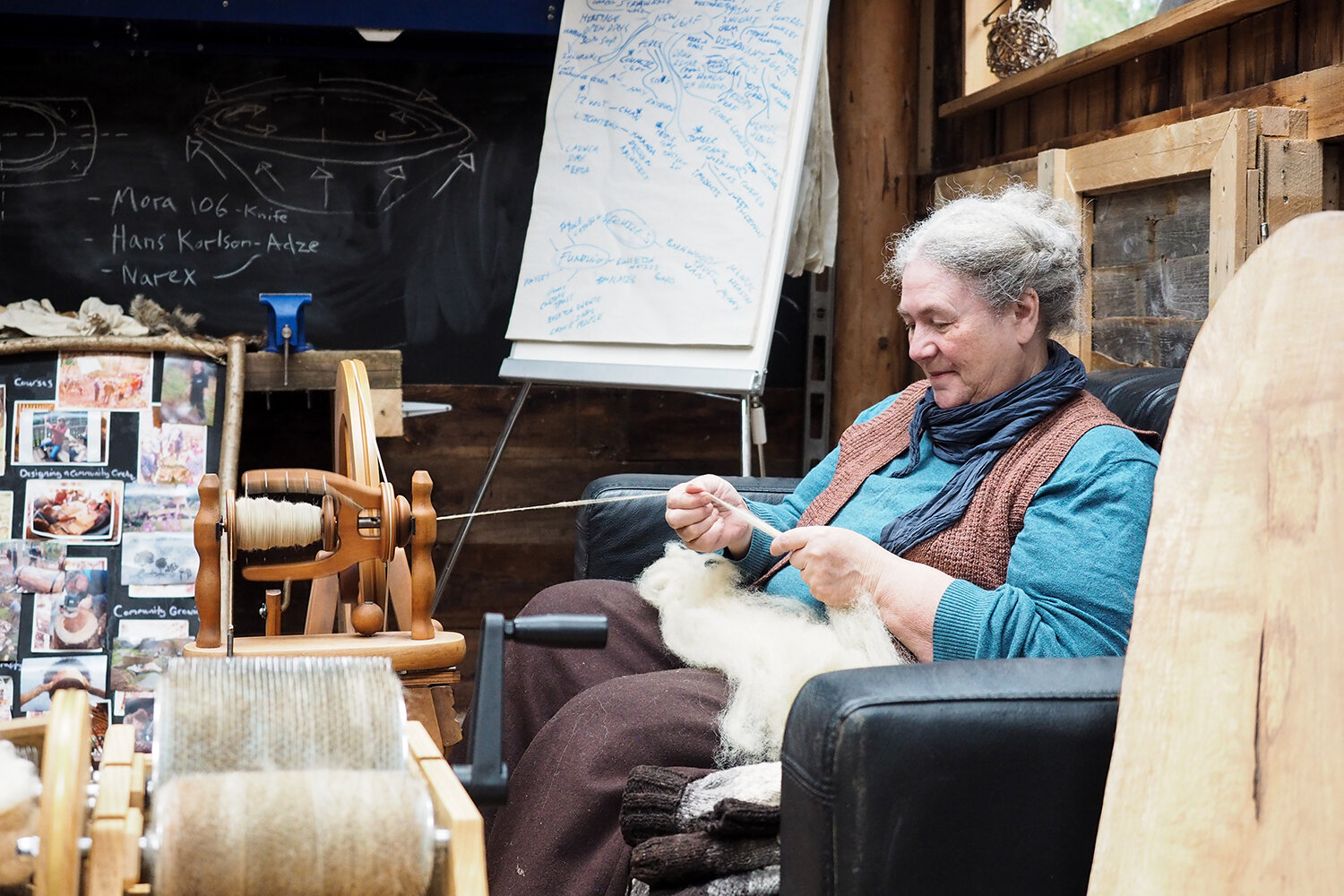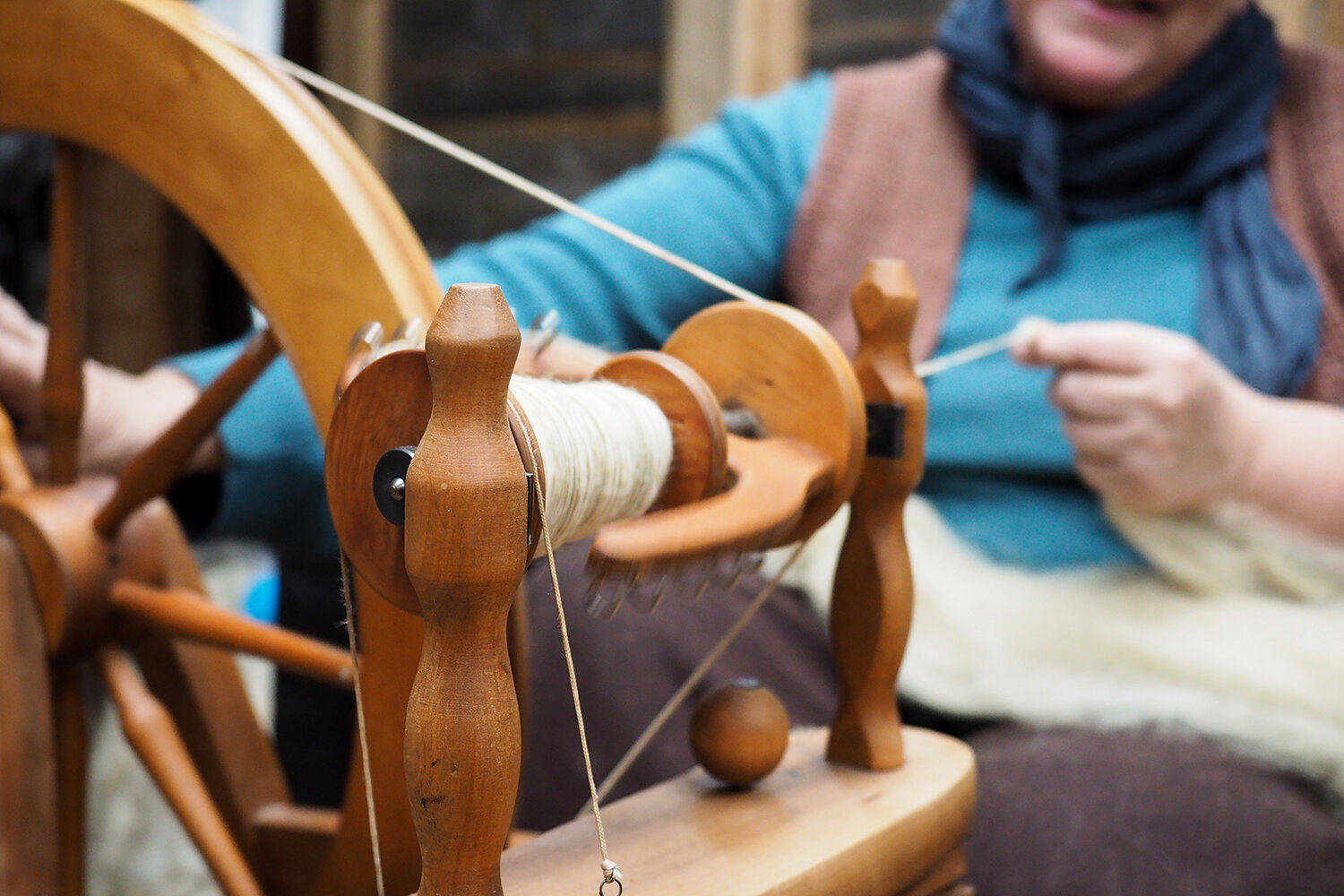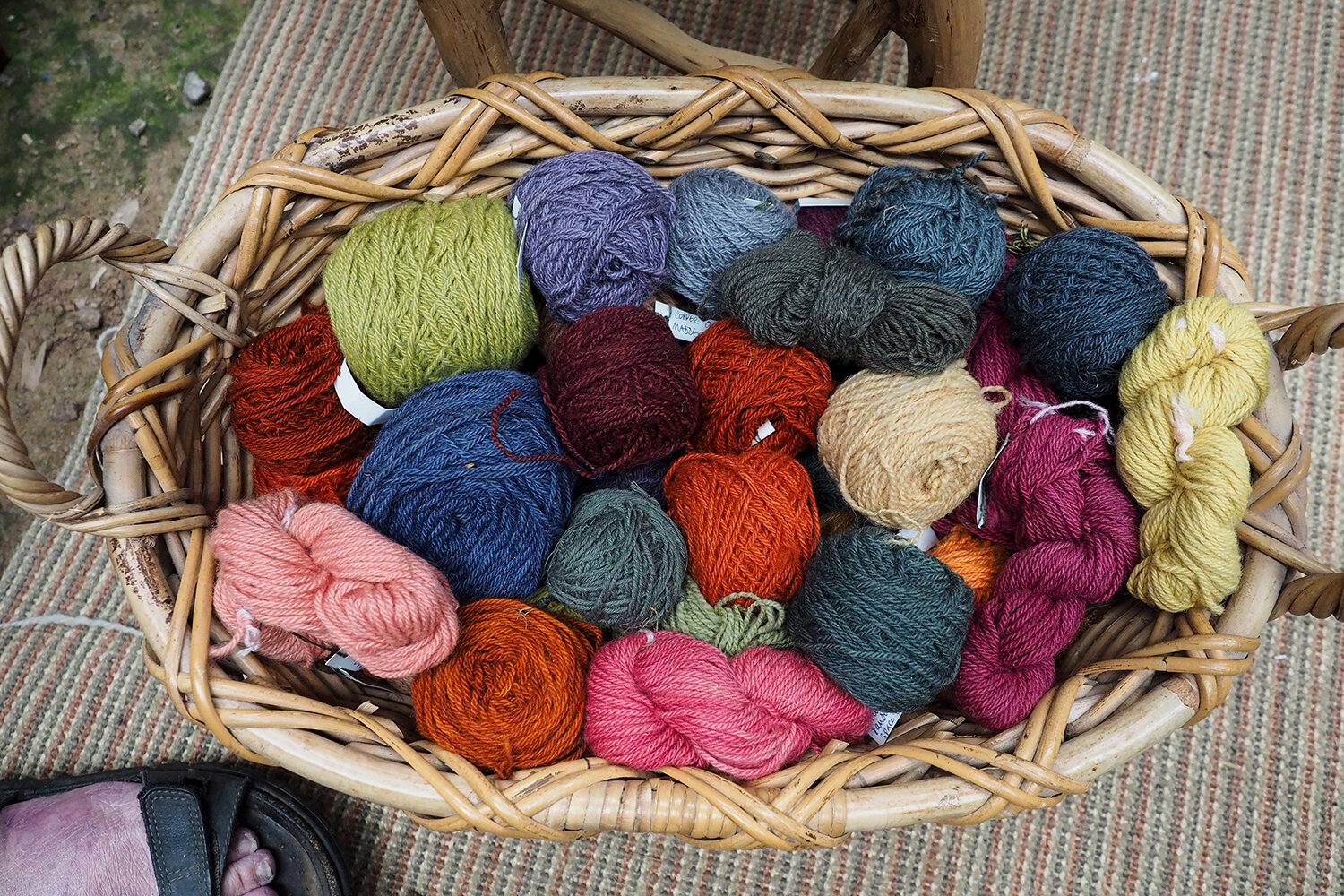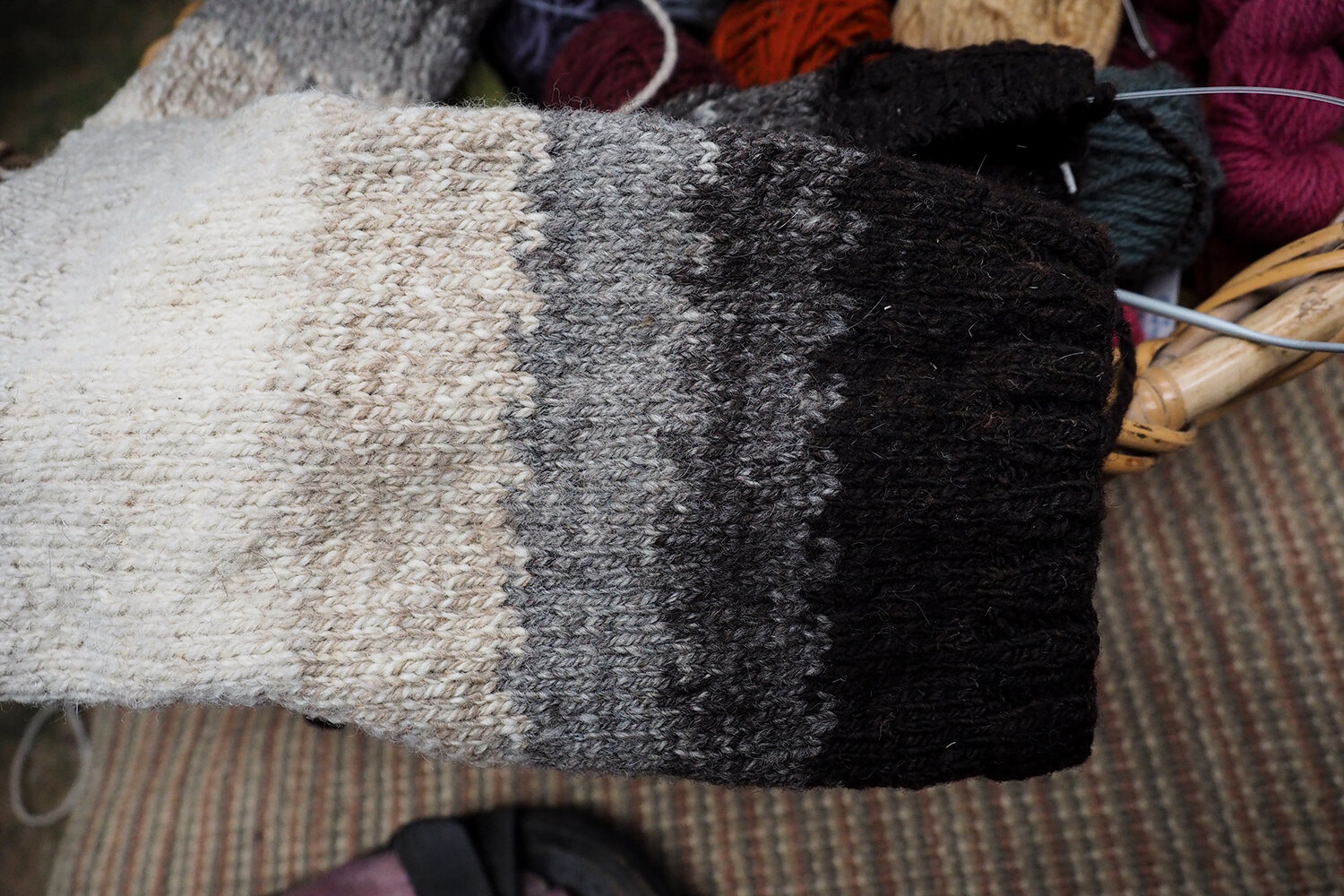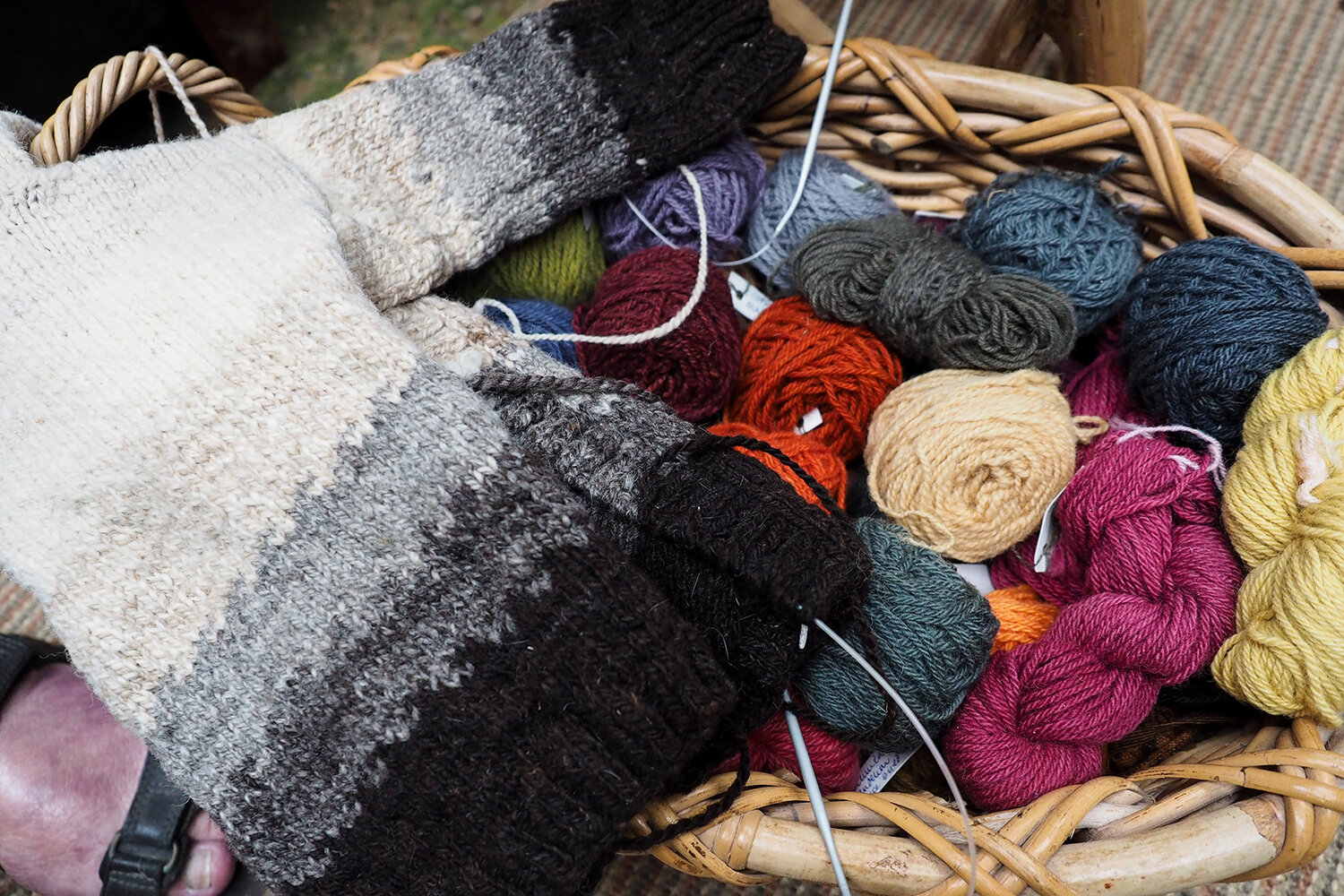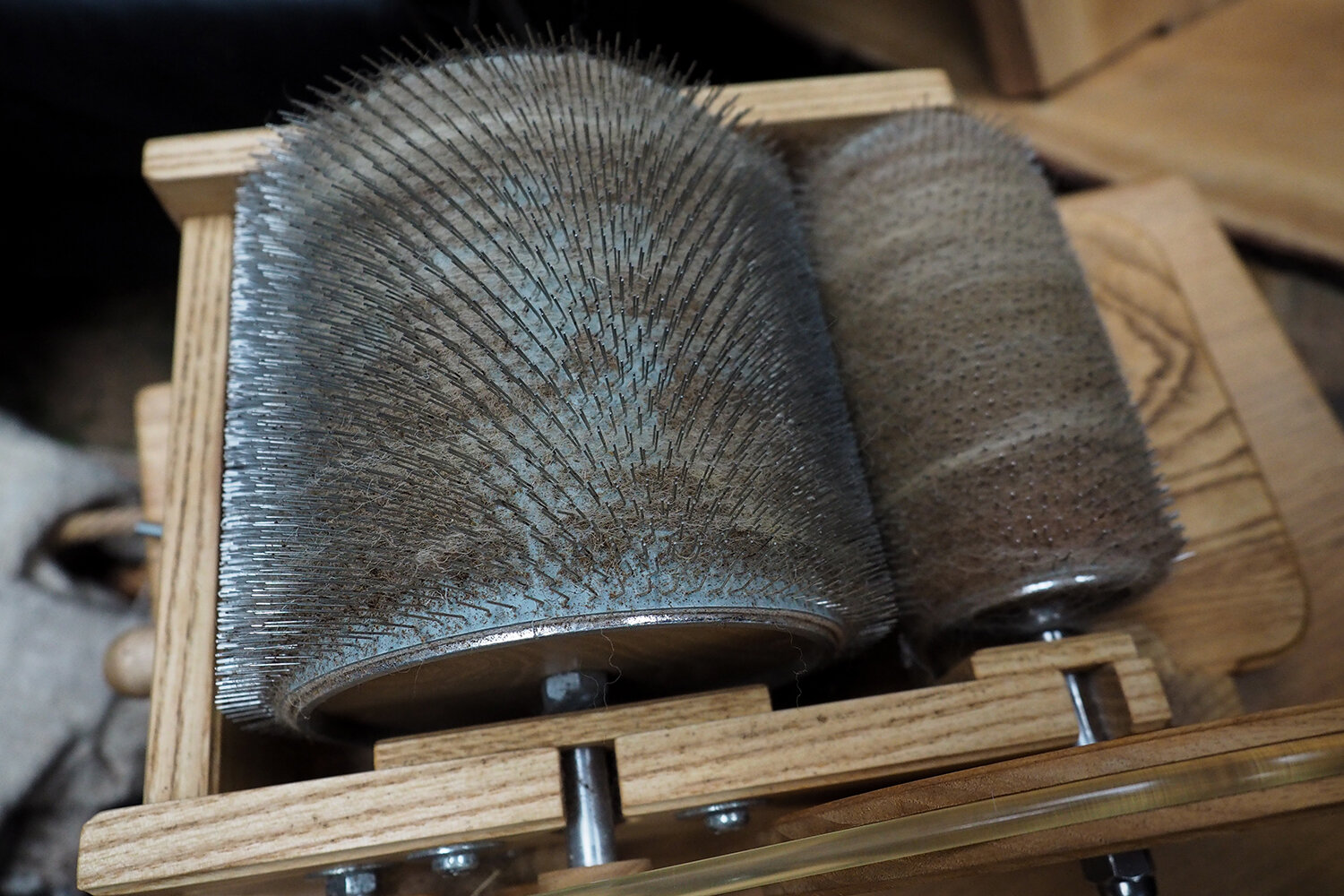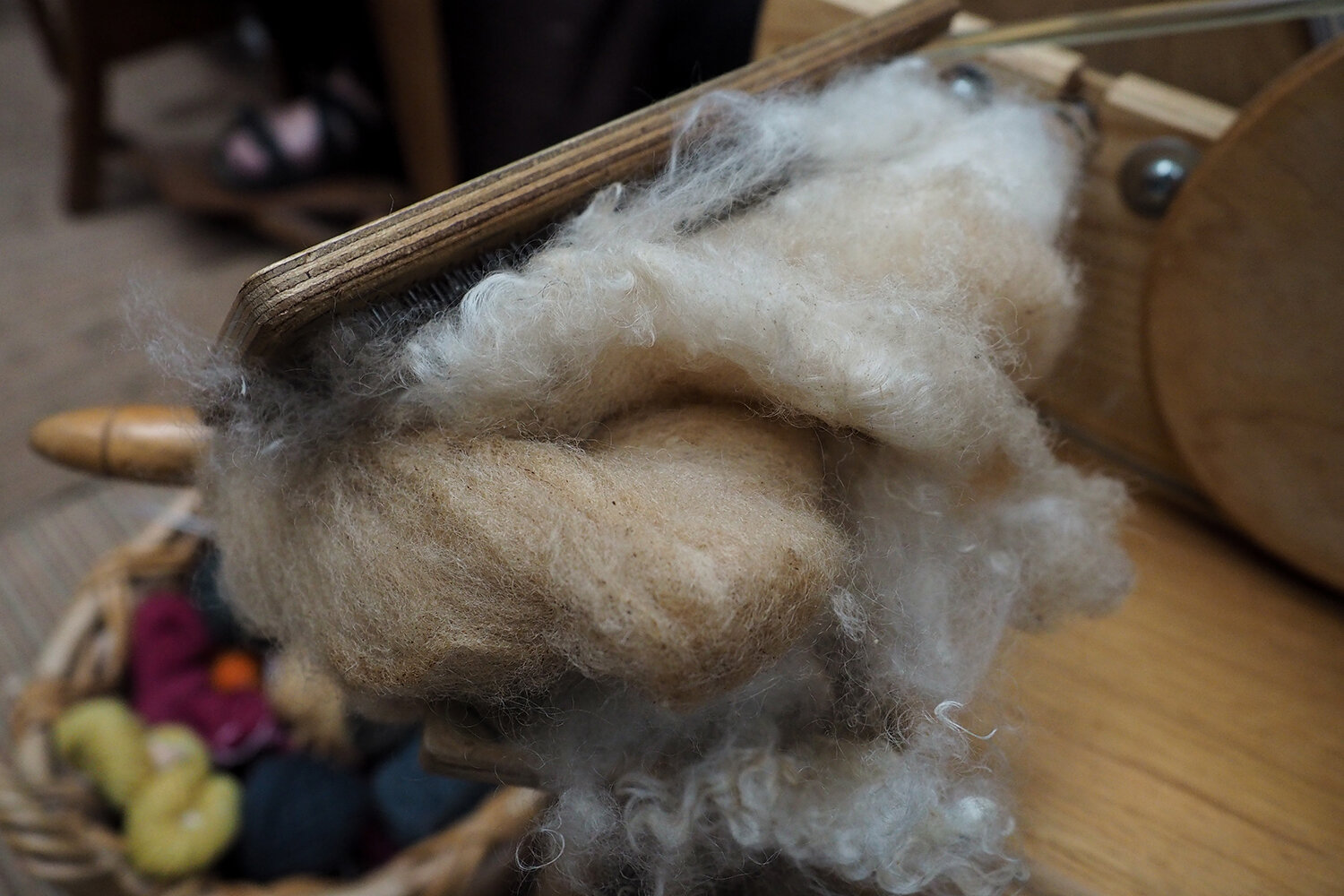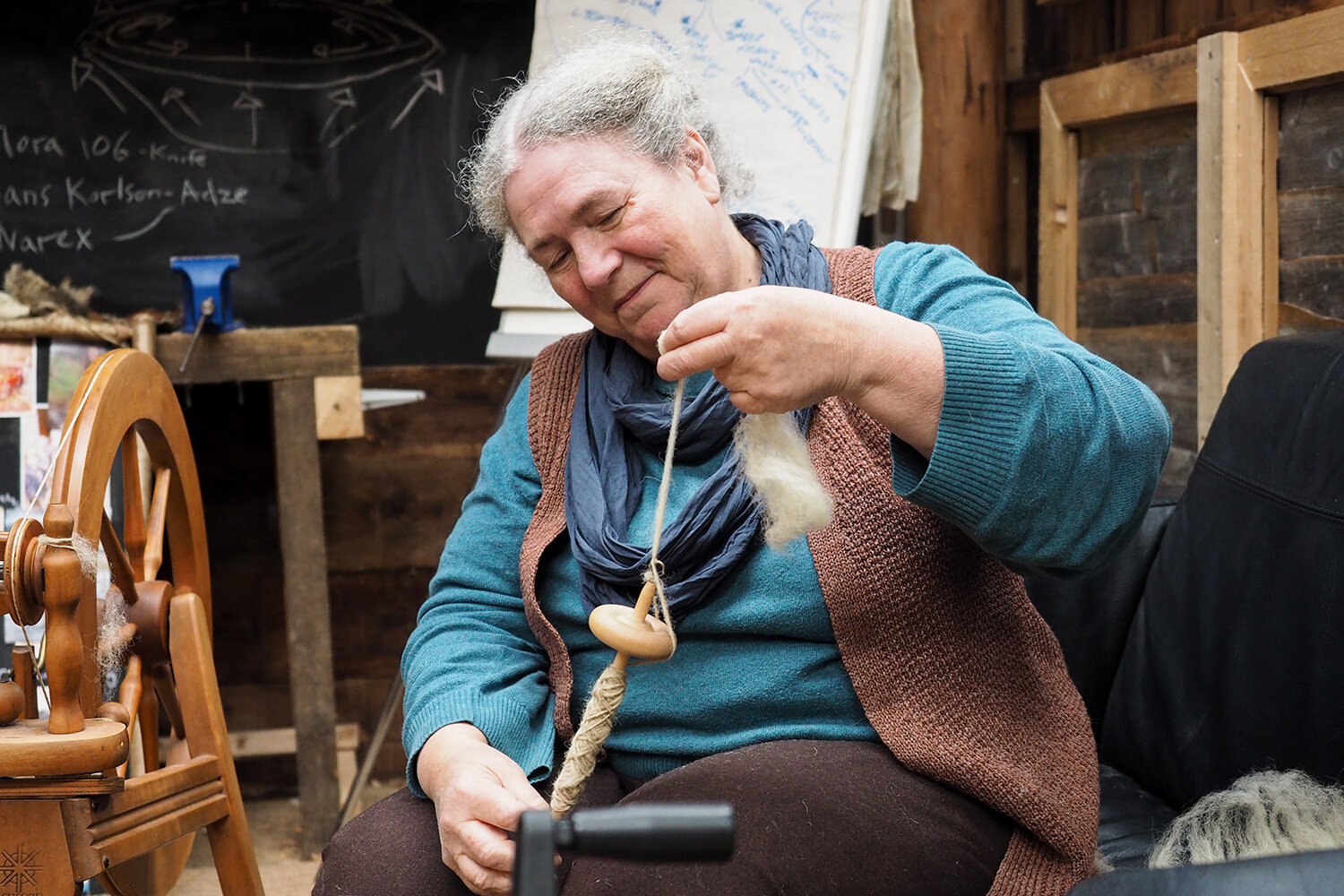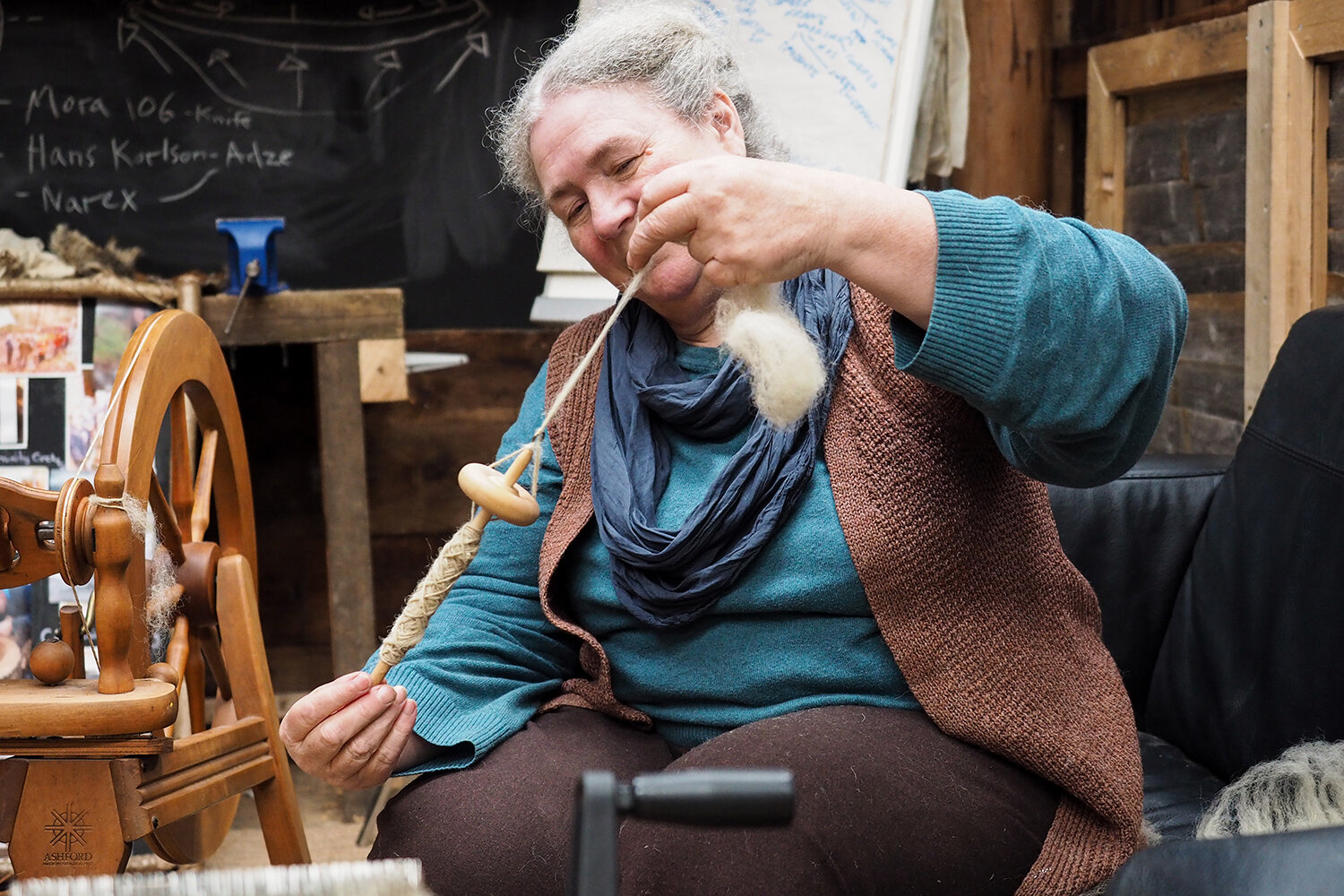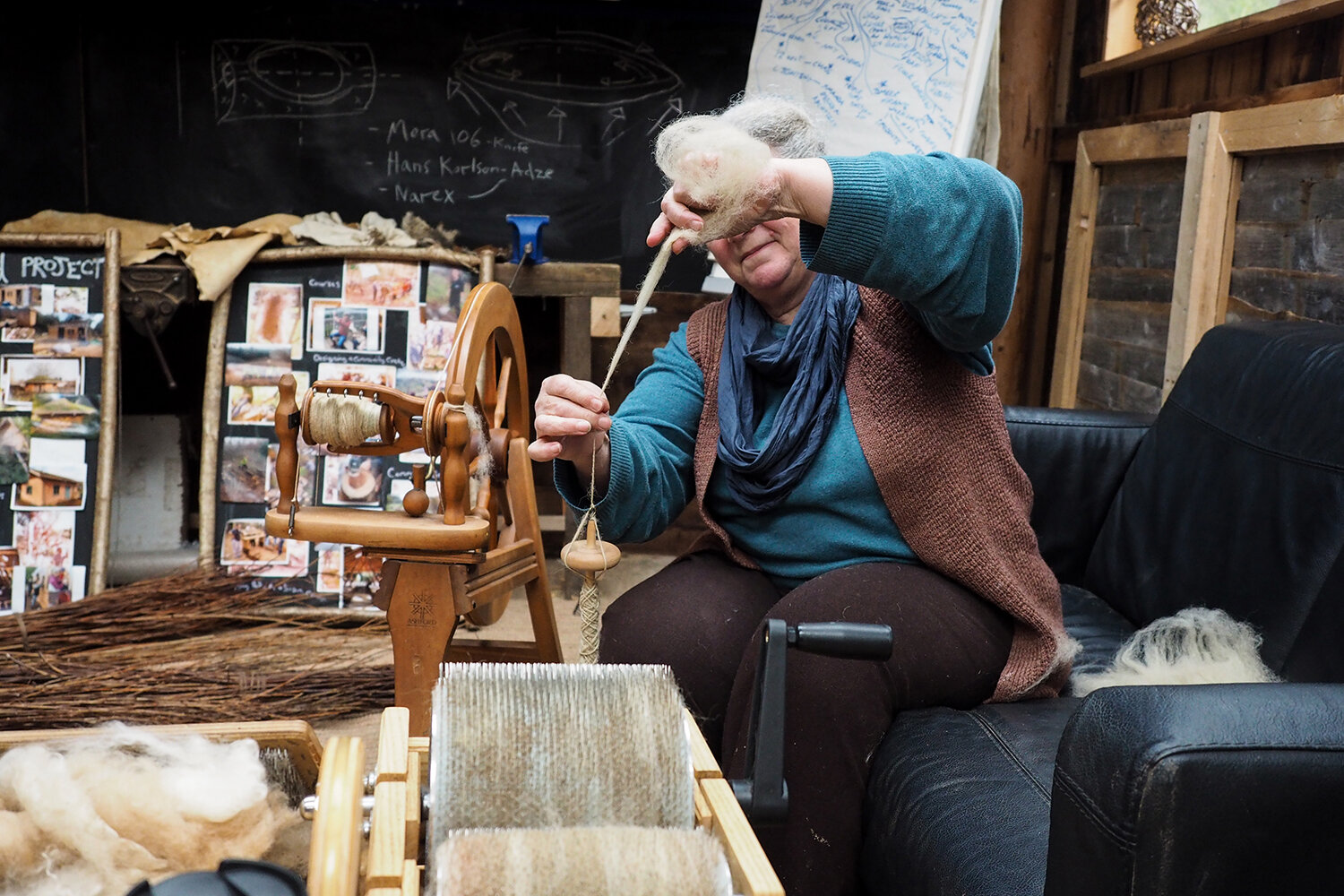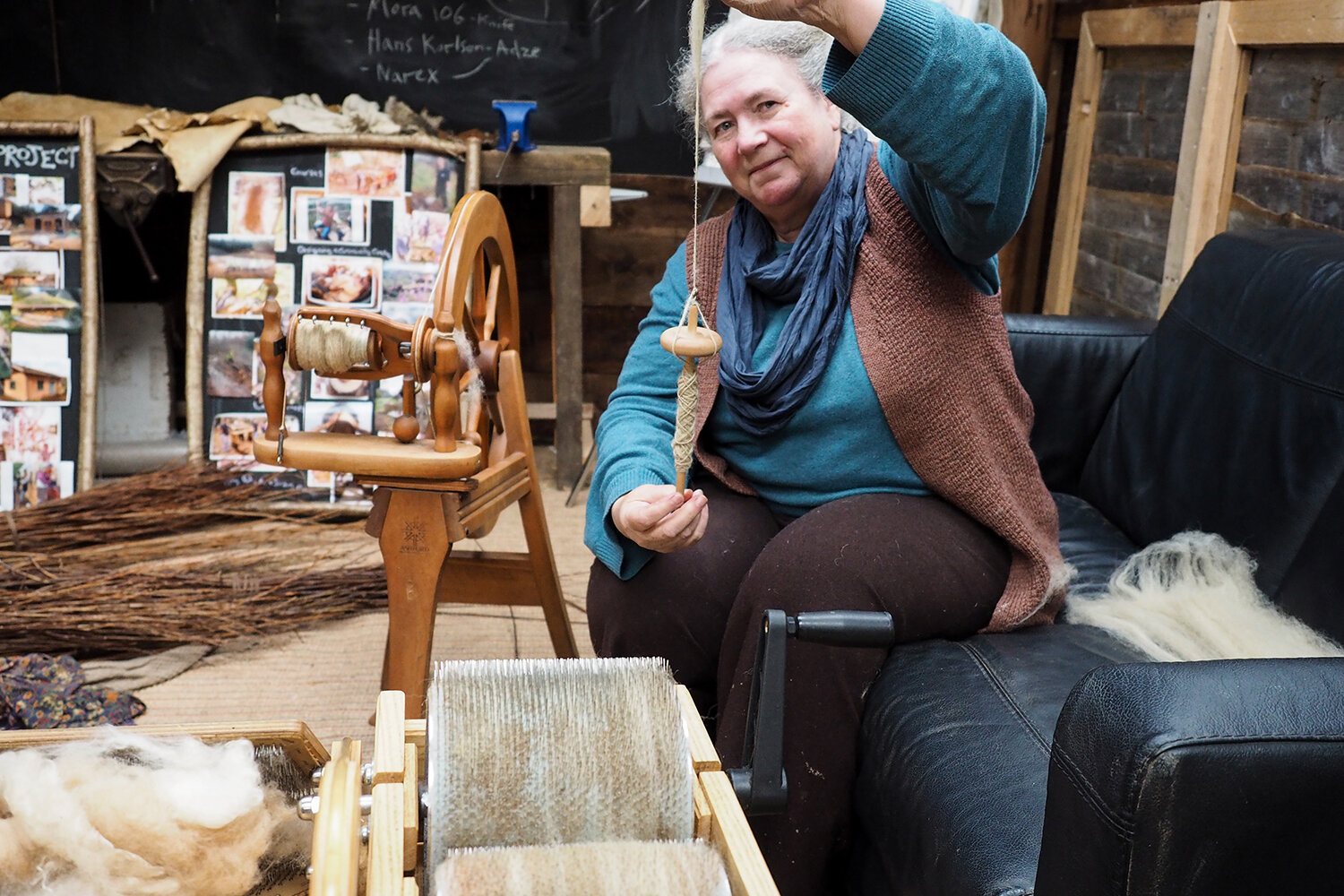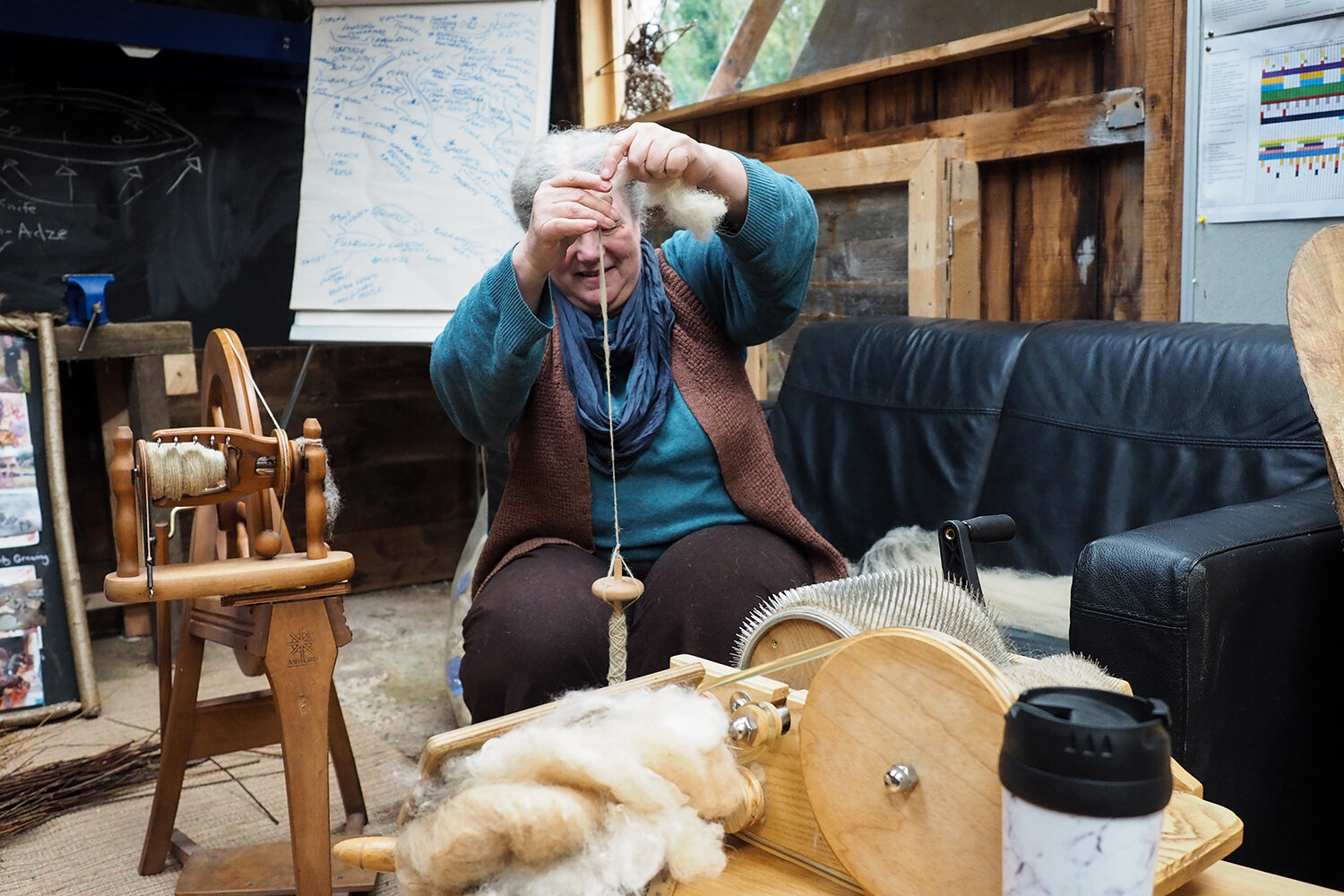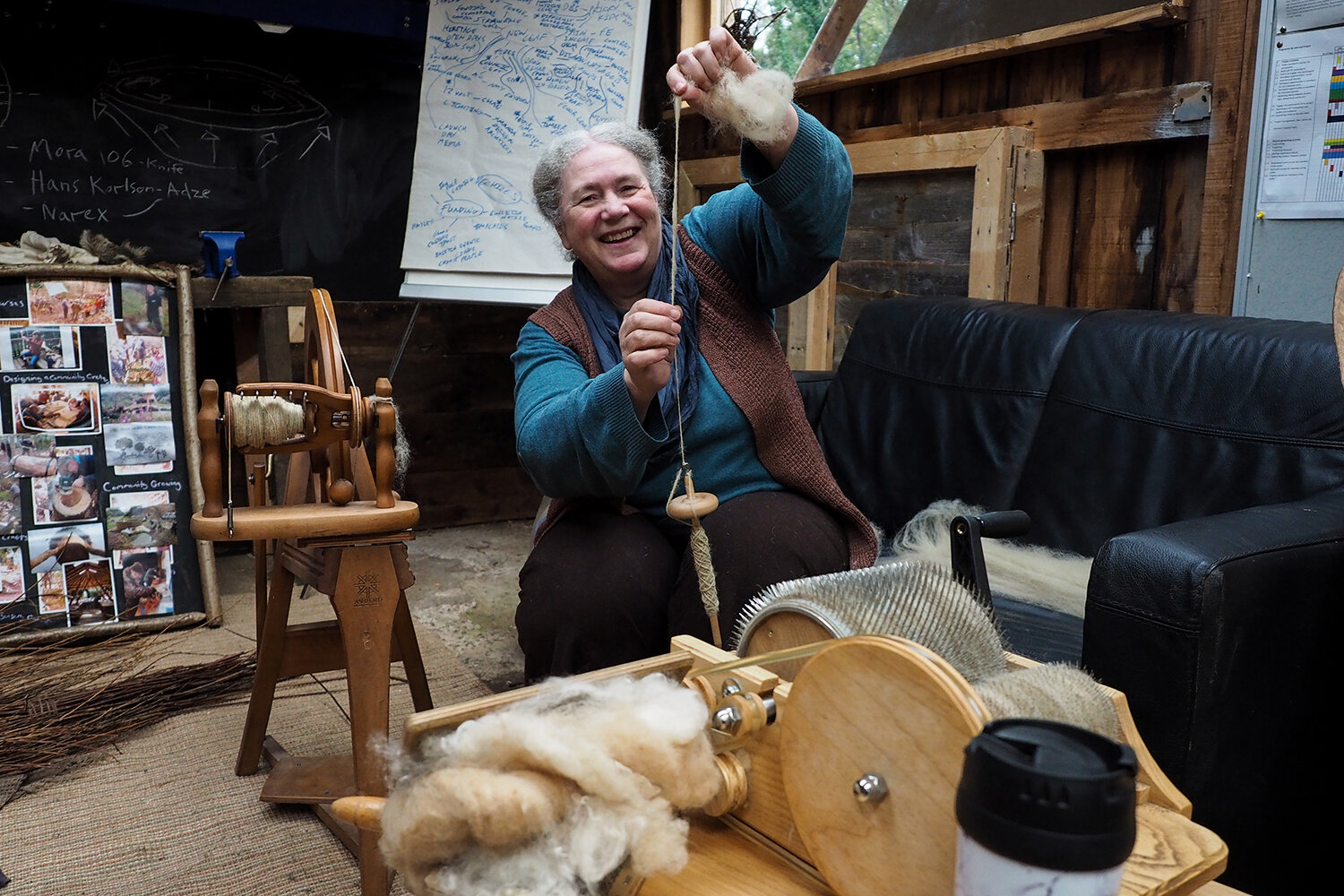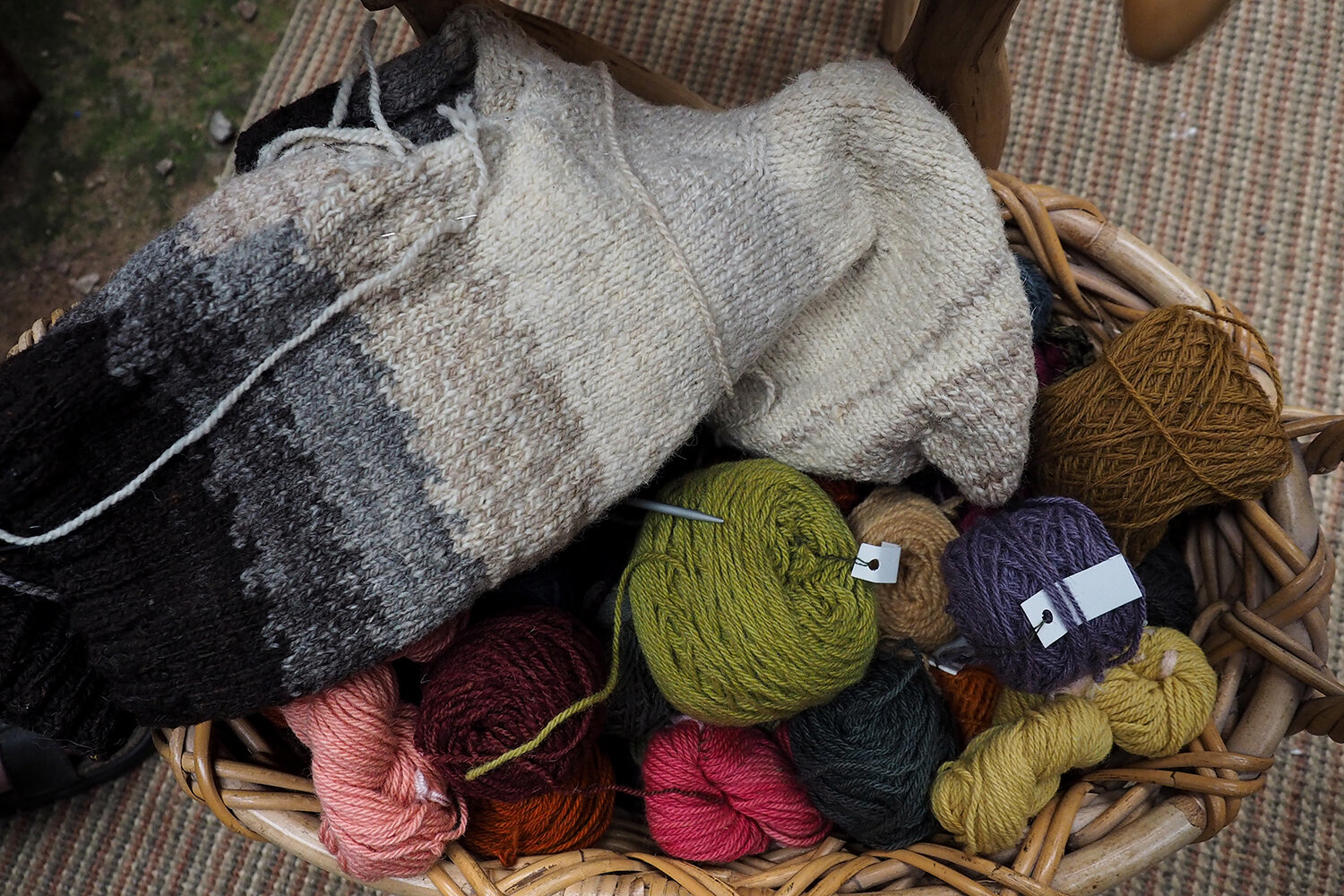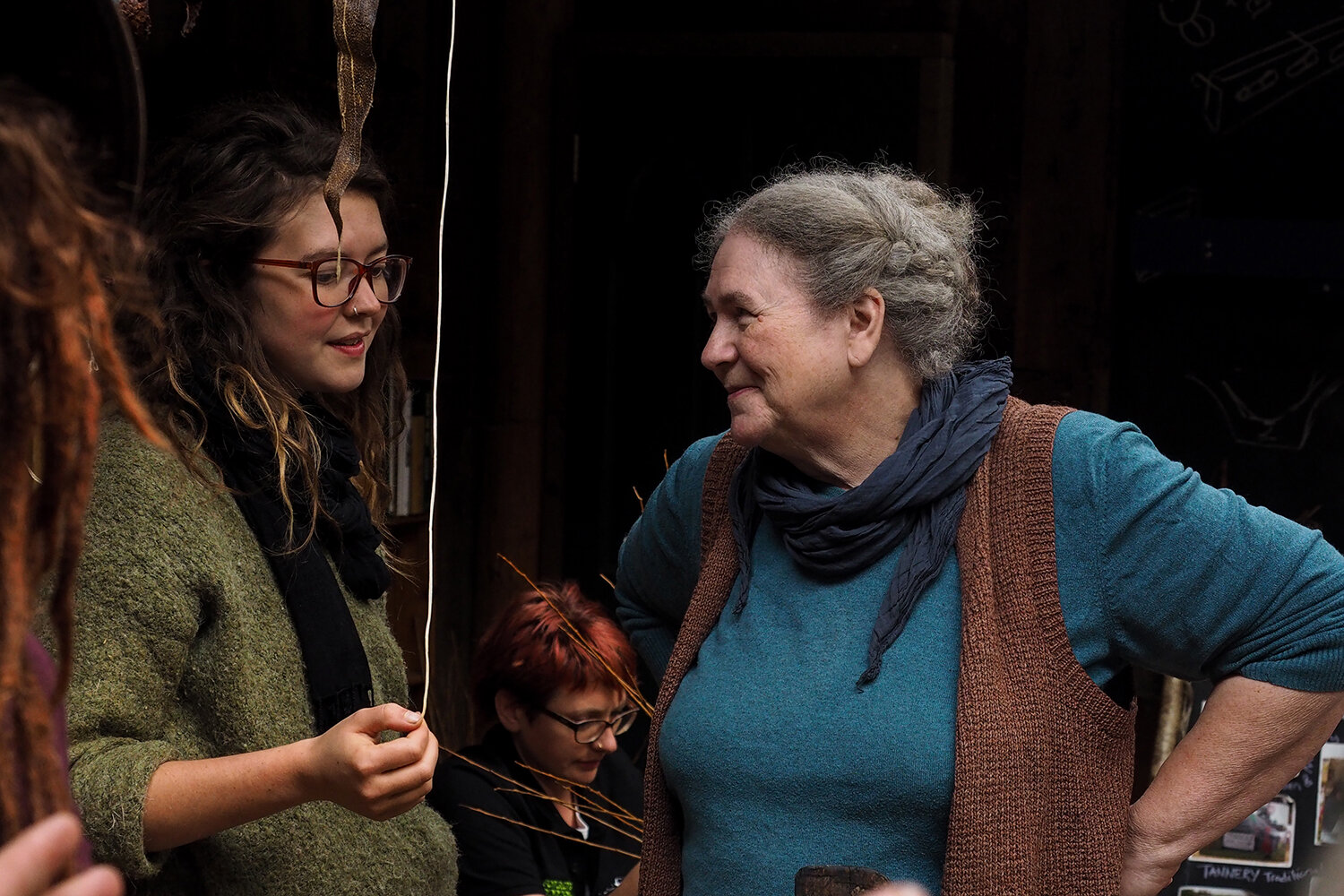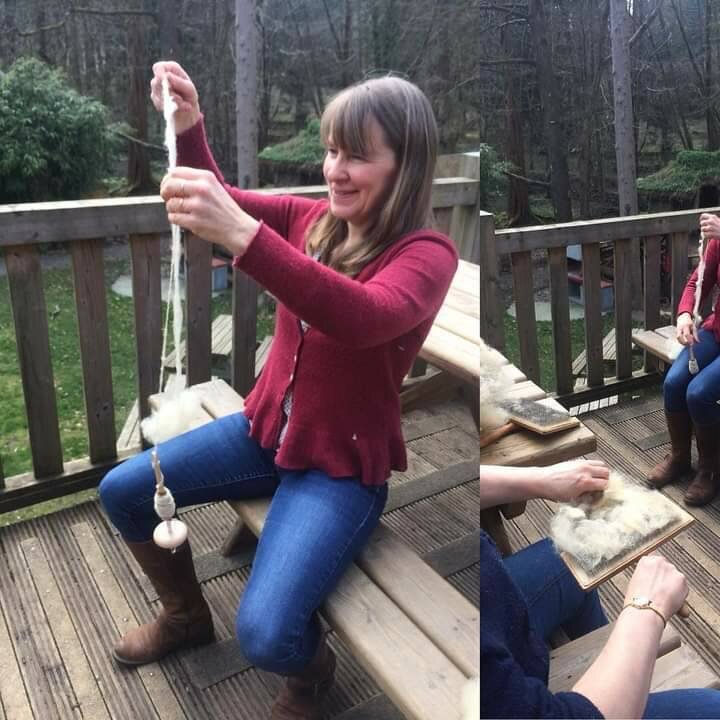Textiles
From Cottage to factory
The story of the textiles industry and rise of cotton mills and industrialisation is intertwined with the land enclosures act and how commoners have been herded into factories and cities, and off the land, disempowered and deskilled.
In years gone by families would wash, card (brush) their own raw organic (the only kind then) sheep’s wool, then spin into yard to be knitted. It was a long process, but therapeutic and every member of the family took part.
The sheep were heritage breeds that were hardy, healthy, well adapted to the climate. They grazed on local common land and needed little input from their Shepard who was usually a child that watched out for predators.
Yarn was valued highly because of the work put in, as each family unit worked together. When clothes became worn, or outgrown they could be unravelled and made into new clothes.
Life had gone on like this for many centuries without much changing. Although it was challenging people were generally in good mental and physical health in their villages and communities.
As technology advanced rich landowners such as Samuel Gregg, of Quarry Bank Mill in Cheshire built large factories powered by water, and later steam to process huge quantities of imported cotton from India and other places around the world.
Peasants had their access to common land restricted and they could no longer make a simple living growing vegetables and grazing their own animals. Poverty and necessity forced many into working in such mills. They worked extremely long hours from young ages and suffered many health ailments such as cotton ear, and the accidents books from these factories make for a frightening read.
As the years have passed working conditions have improved, and laws invented to protect children, yet we our connection with the earth, family, community, and our therapeutic heritage crafts is gone.
Education systems such as Waldorf Steiner know the value of practicing simple heritage crafts and handicrafts are an integral part of the curriculum because human brains and bodies NEEDS gentle repetitive movements and simple creative crafts and outlets for optimum physical health, mental health and development.
We want to share these skills to relearn old skills in these uncertain times, taking us back to our heritage from which we have become disconnected.
Check out our workshops page, and our weekly sessions at Kensley `sheds Craft Centre to find out how you can get involved.
